What flowers do bees like??
bgrow_gardens
13 years ago
Related Stories

GARDENING GUIDESAttract Hummingbirds and Bees With These Beautiful Summer Flowers
Roll out a welcome mat for pollinators to keep your landscape in balance and thriving
Full Story
GARDENING GUIDES15 Native Flowers That Feed Native Bees
These perennials offer superfood to hundreds of bees and are gorgeous in their own right
Full Story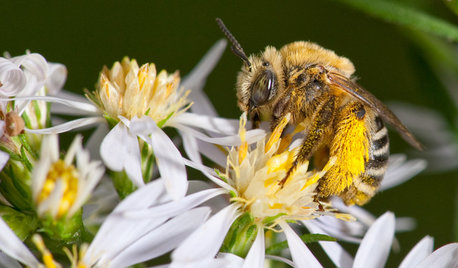
GARDENING GUIDESLook for Long-Horned Bees on Summer's Flowers
These insects are busy in the garden come summer and fall, pollinating sunflowers, coneflowers, asters and more
Full Story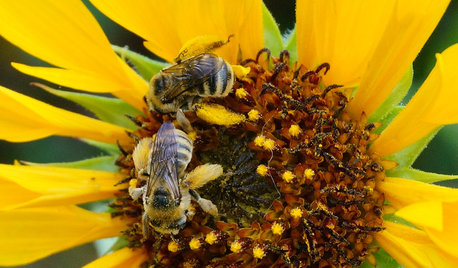
EARTH DAY12 Entertaining ‘Bee-haviors’ of Native Bees
The parade of pollinator antics is another reason to create a garden that nurtures native bees
Full Story
GARDENING GUIDESInvite Cellophane Bees to Your Garden by Providing Patches of Bare Soil
Look for cellophane bees (Colletes) pollinating flowering trees and shrubs in U.S. gardens this spring
Full Story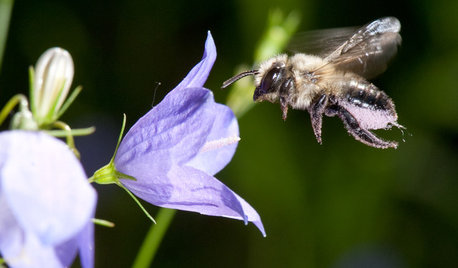
GARDENING GUIDESPut Out the Welcome Mat for Leafcutter Bees in Your Garden
Provide a diversity of flowering plants from spring through fall for these charismatic native bees, and you won’t be disappointed
Full Story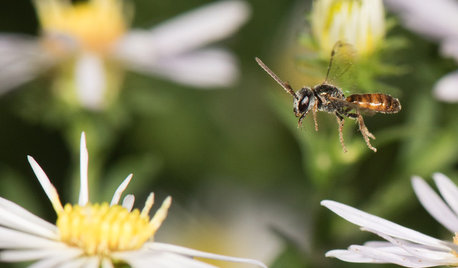
GARDENING GUIDESThis Tiny, Gentle Bee Keeps Busy
Look closely for small sweat bees visiting your flowers throughout the growing season
Full Story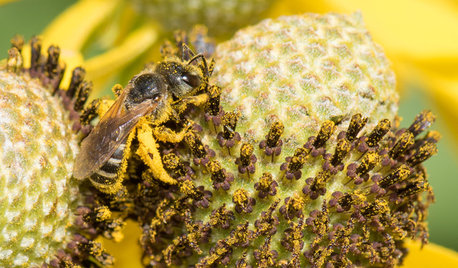
GARDENING GUIDESWelcome Sweat Bees to Your Garden Throughout the Growing Season
Look before you swat! These friendly sweat bees will feed on your sweat on a hot summer day, but their main buffet is flowers
Full Story
GARDENING GUIDESSmall Carpenter Bees Are Looking for a Home in Your Plant Stems
Provide flowers and nesting sites in your garden for this beautiful, tiny, metallic blue wild bee — your plants will thank you
Full Story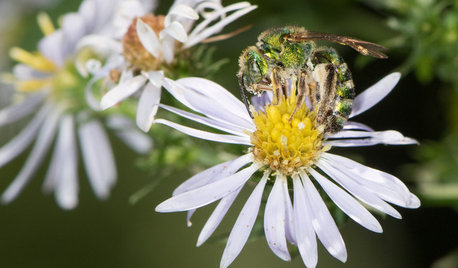
GARDENING GUIDESLook for Metallic Green Sweat Bees Visiting Your Garden This Fall
These beautiful sweat bees will dazzle and delight you with their bright emerald green color and midsummer and fall flower visiting
Full StorySponsored






magala
Konrad___far_north
Related Professionals
Ashland Landscape Architects & Landscape Designers · Simi Valley Landscape Architects & Landscape Designers · Waunakee Landscape Architects & Landscape Designers · Gainesville Landscape Contractors · Downey Landscape Contractors · Fairfield Landscape Contractors · Fishers Landscape Contractors · Florham Park Landscape Contractors · Hilton Head Island Landscape Contractors · Hoover Landscape Contractors · Oklahoma City Landscape Contractors · Paterson Landscape Contractors · Southbury Landscape Contractors · Wanaque Landscape Contractors · Baileys Crossroads Landscape Contractorsserenasyh
jane__ny
serenasyh
bbcathy
lavender_lass
gardenfullofswallowtails
jbraun_gw
zippity1
kazyaka
organic_greenjeans
anac1979
anac1979
tracey_nj6
Liz
Mariy Necro
parker25mv